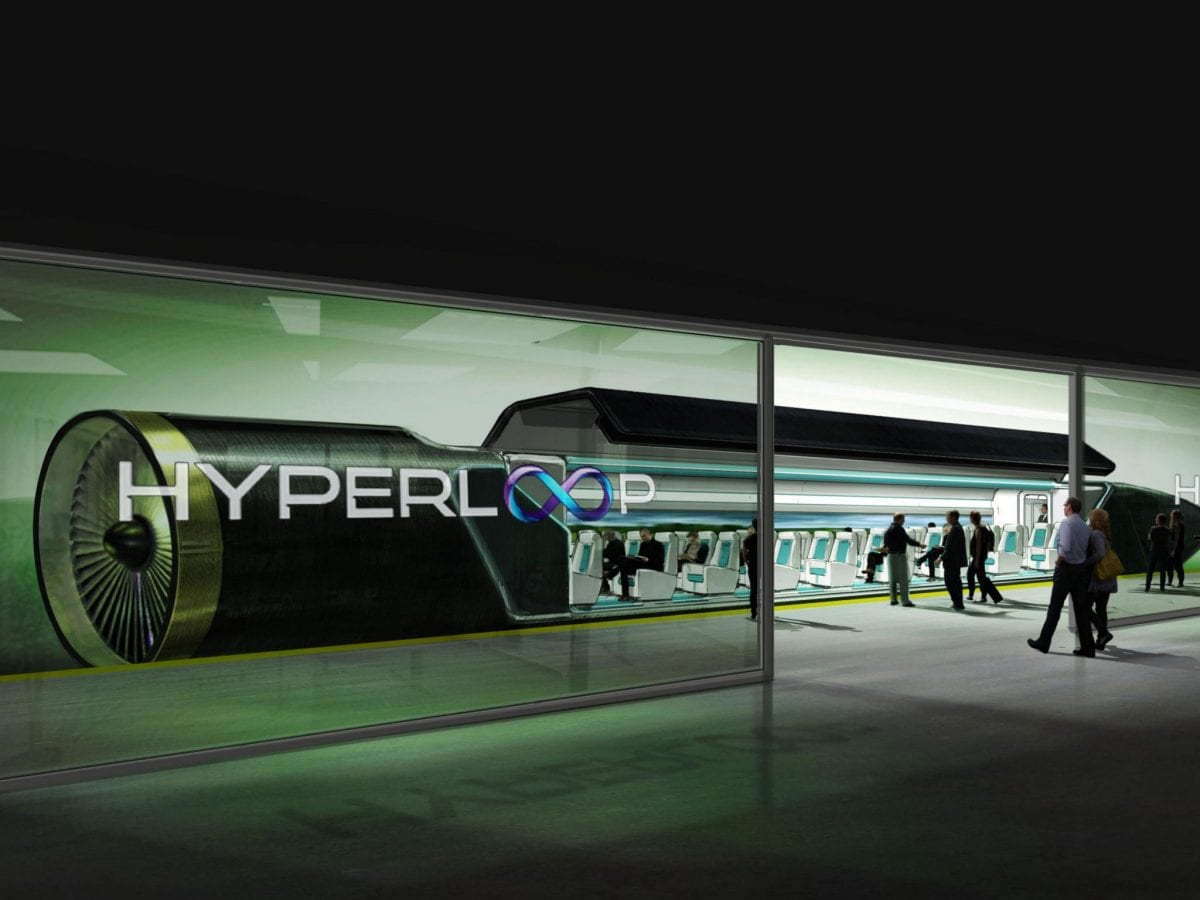
For a country of 1.2 billion people stretching across a landmass of almost two million square miles, India’s transport system is, to put it politely, antiquated.
Take a trip on the Shatabdi Express from Bangalore to Chennai and you’ll be chugging along for five hours on a good day, and if you want to arrive at the same destination from Mumbai you’ll be sat on a train for just under a day!
But that could all be changing. Under new Hyperlink proposals trips traversing India could be made in less than an hour, with the 334 kilometers between Bangalore and Chennai been cut to 20 minutes and the 1,102 kilometre trip from Mumbai to Chennai been cut to less than an hour.
Today Hyperloop One convened a landmark innovation summit in New Delhi today, with Shri Suresh Prabhu, Hon’ble Minister of Railways and Shri Amitabh Kant, CEO, NITI Aayog, in attendance to discuss how Hyperloop One can integrate with and augment India’s vast transport network with reliable, clean, and on-demand autonomous transport, connecting India’s major cities at faster-than-airline speeds.
The Hyperloop concept has generated excitement and interest from start-ups around the world since it was first proposed in 2013. While other start-ups have not yet moved beyond basic research, Hyperloop One is the only company that is building a functional Hyperloop system. Following the successful public demonstration of the propulsion motor in May 2016 Hyperloop One is on track to run the world’s first full-system test in 2017 in Nevada.
Proposed Journeys
Suresh Prabhu, Minister of Railways, Government of India, while speaking at the summit said, “We are living in exciting times, with new ideas and innovation coming in from all over the world.
“Indian Railways is one of the largest rail networks globally, and we are committed towards modernizing and revamping the system. We are keenly watching new developments which can be implemented here, and want to build technologies in India, rather than importing them.
“I would like to congratulate Hyperloop One on this initiative, as it is very interesting to see that they can make long distance travel possible in very little time. We will be keenly monitoring their progress going forward.”
The Hyperloop One Global Challenge was kicked off in May 2016 and invited teams across the world to put forward a comprehensive and commercially viable transport plan covering economical and policy aspects of their respective cities, regions and countries. The HOGC received more than 2,600 registrants from 90 countries, and narrowed the field down to 35 semi-finalists across all continents with a potential pipeline worth $26 billion. India led the way with the highest number of registrants and had the most vocal supporters of Hyperloop One on social media.